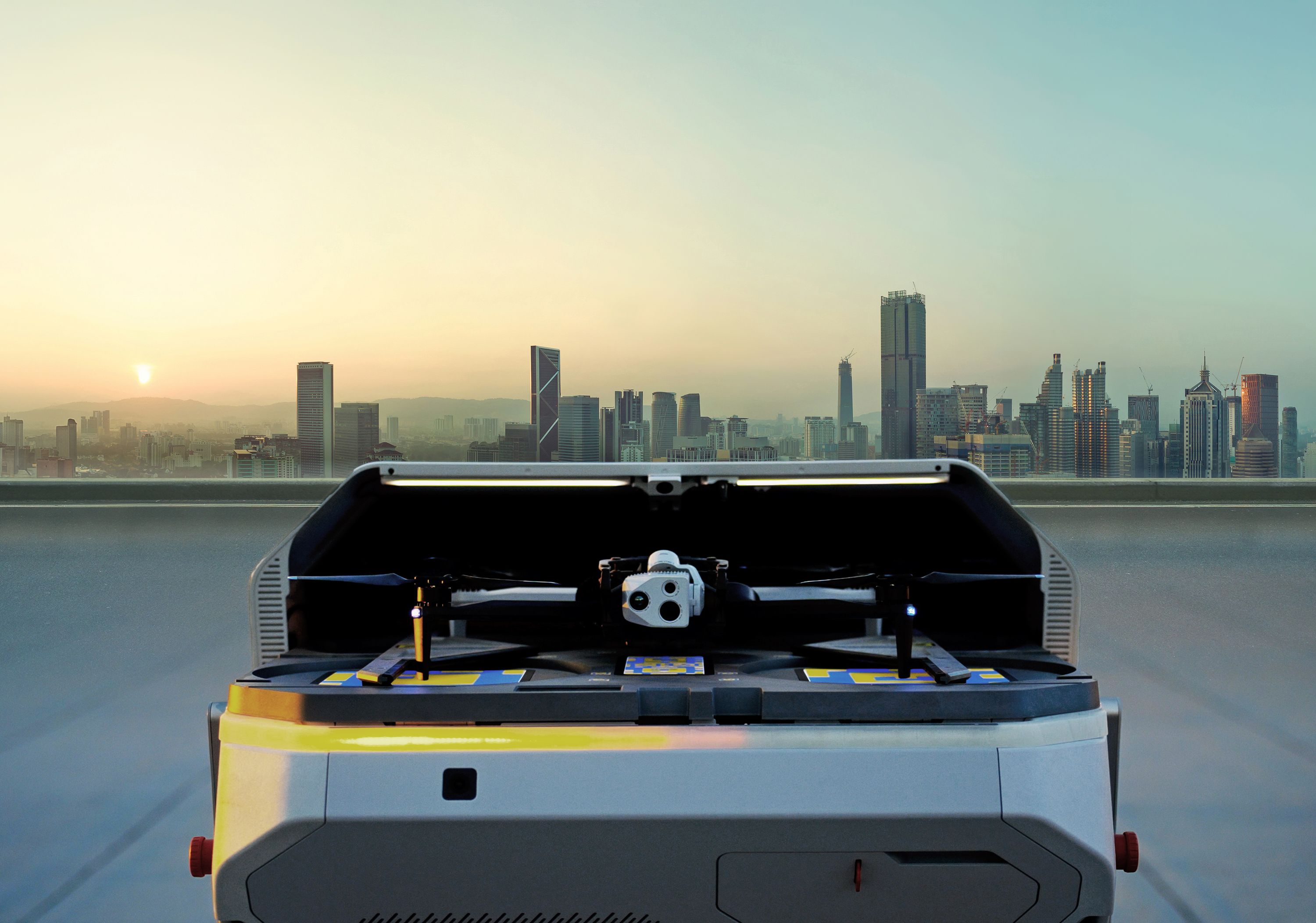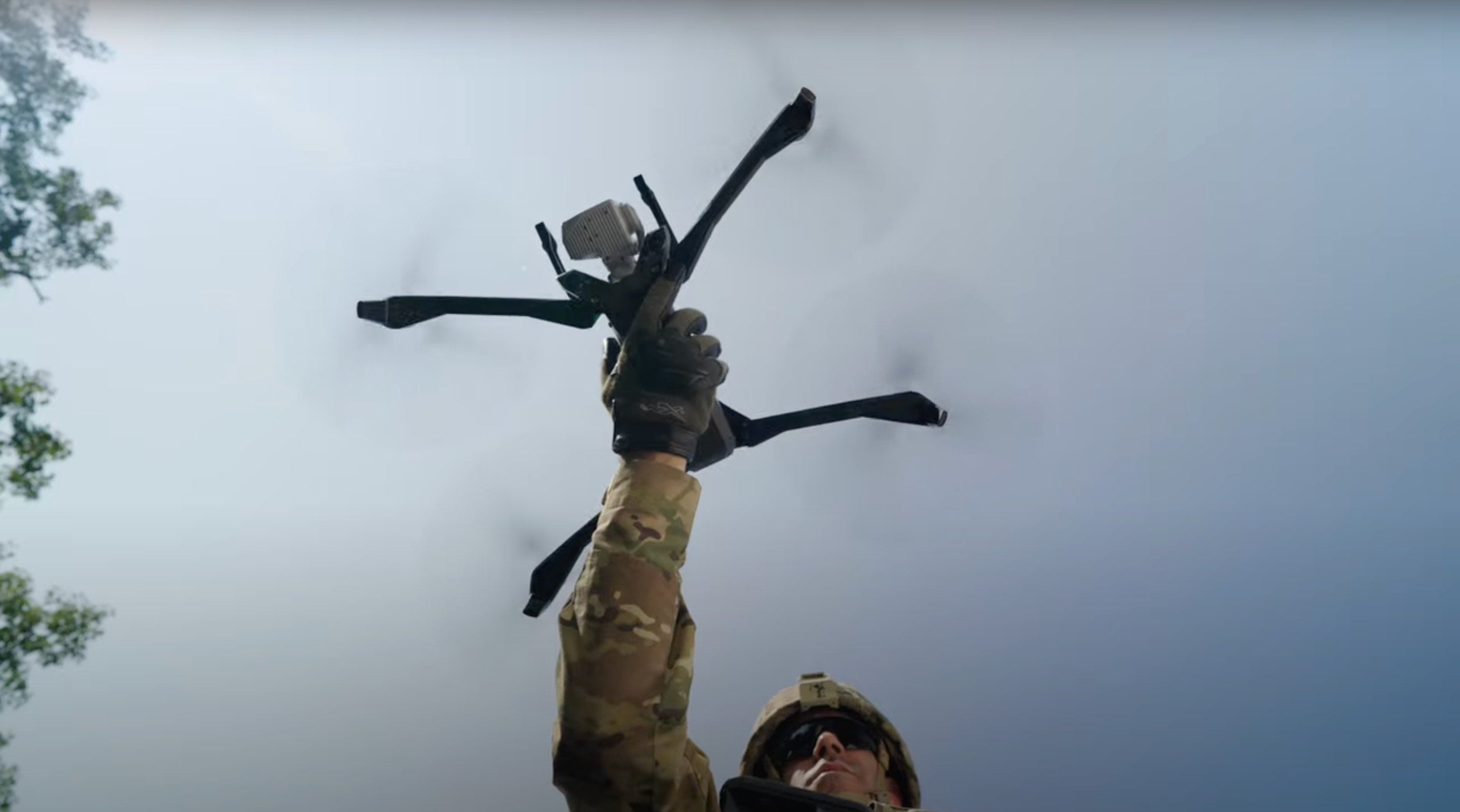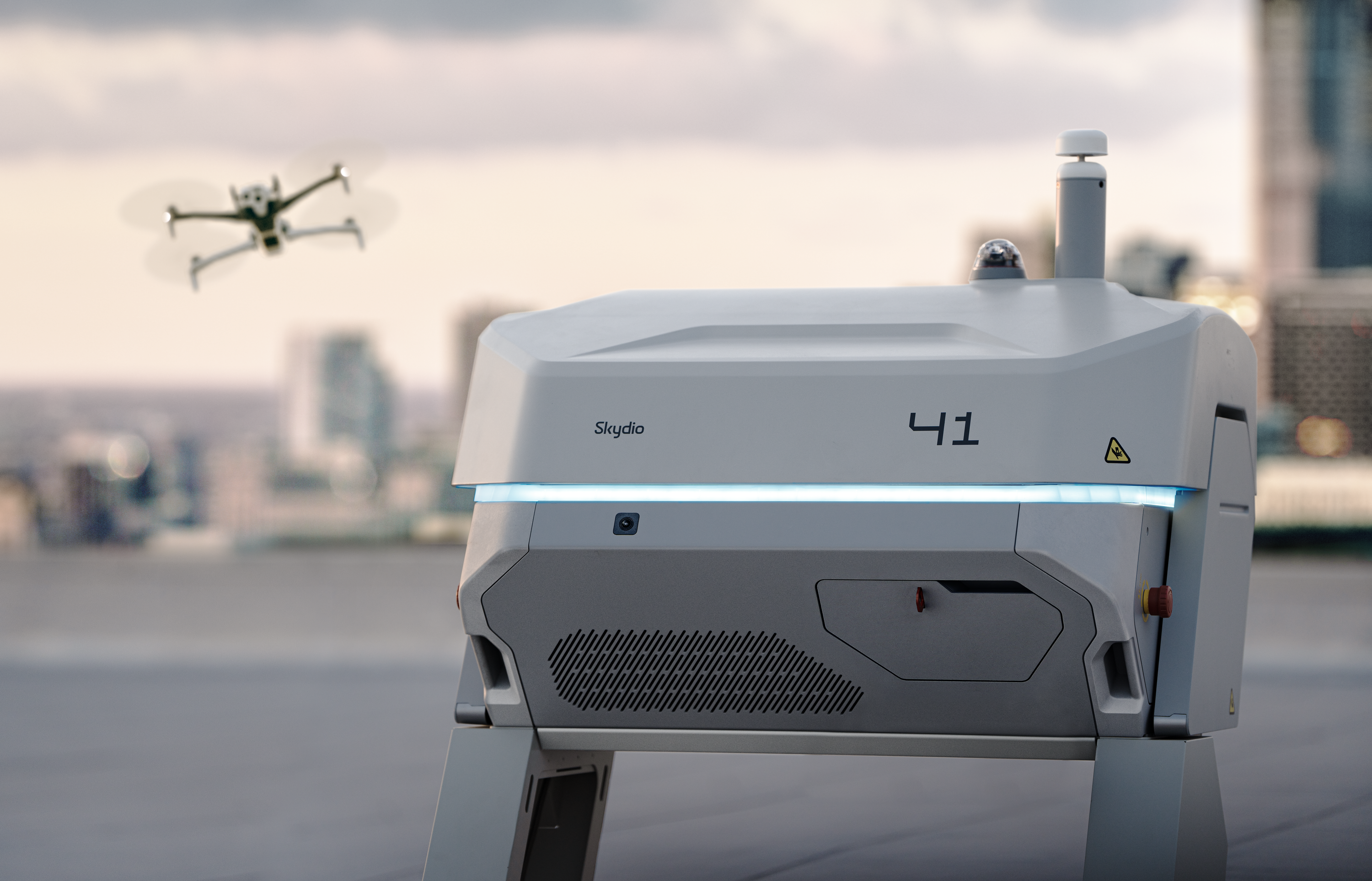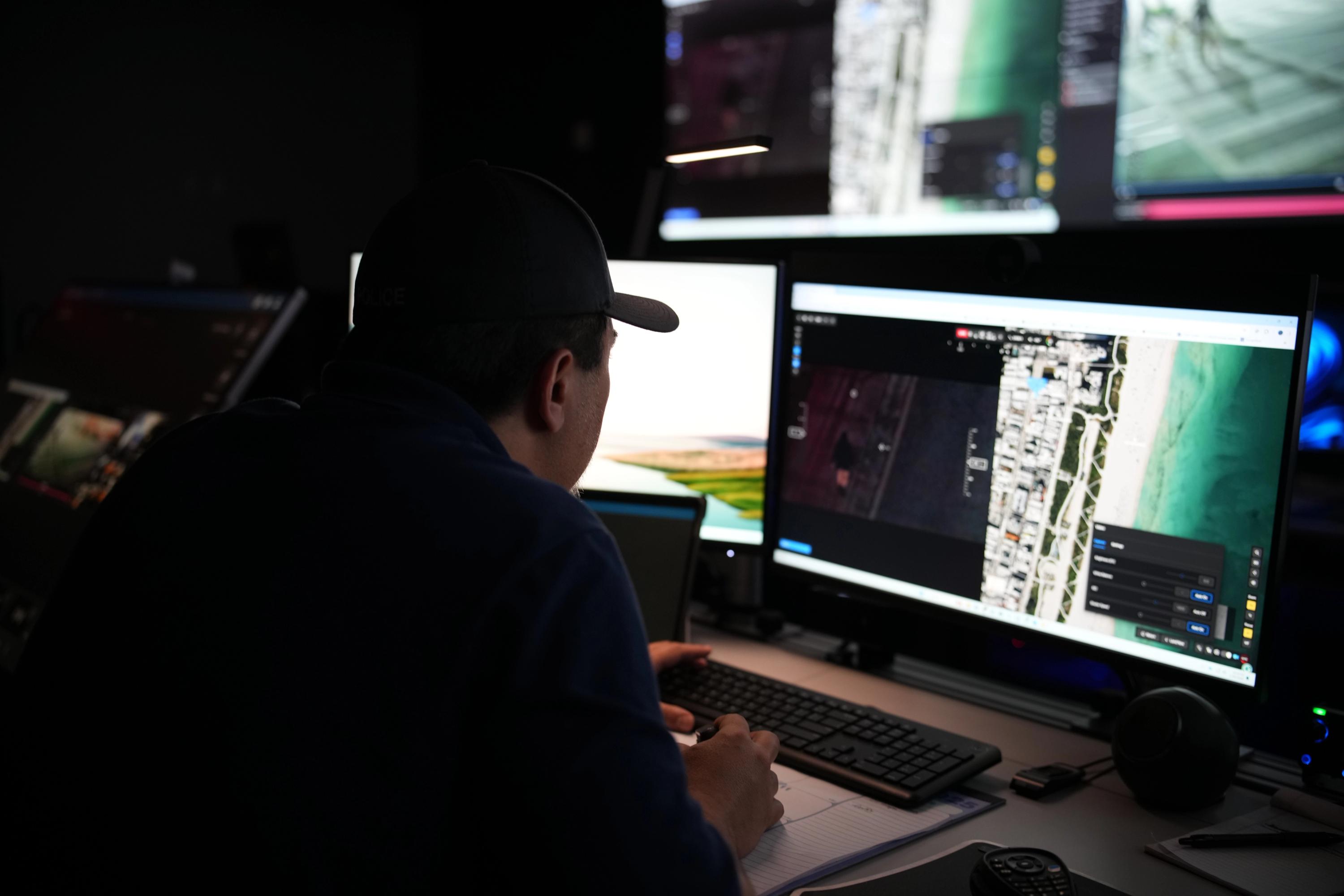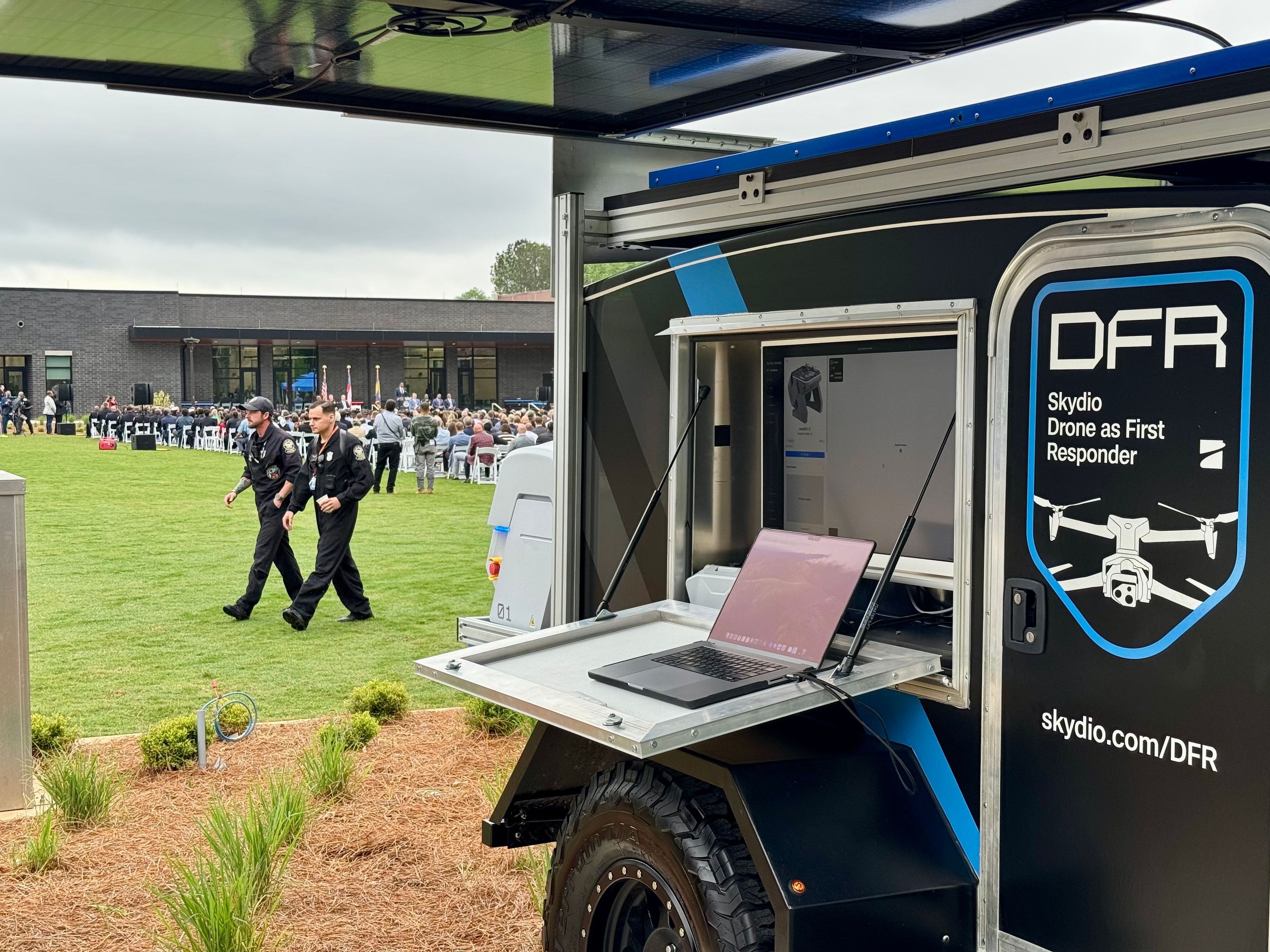Drones as Infrastructure, DFR, and Strategic Investors
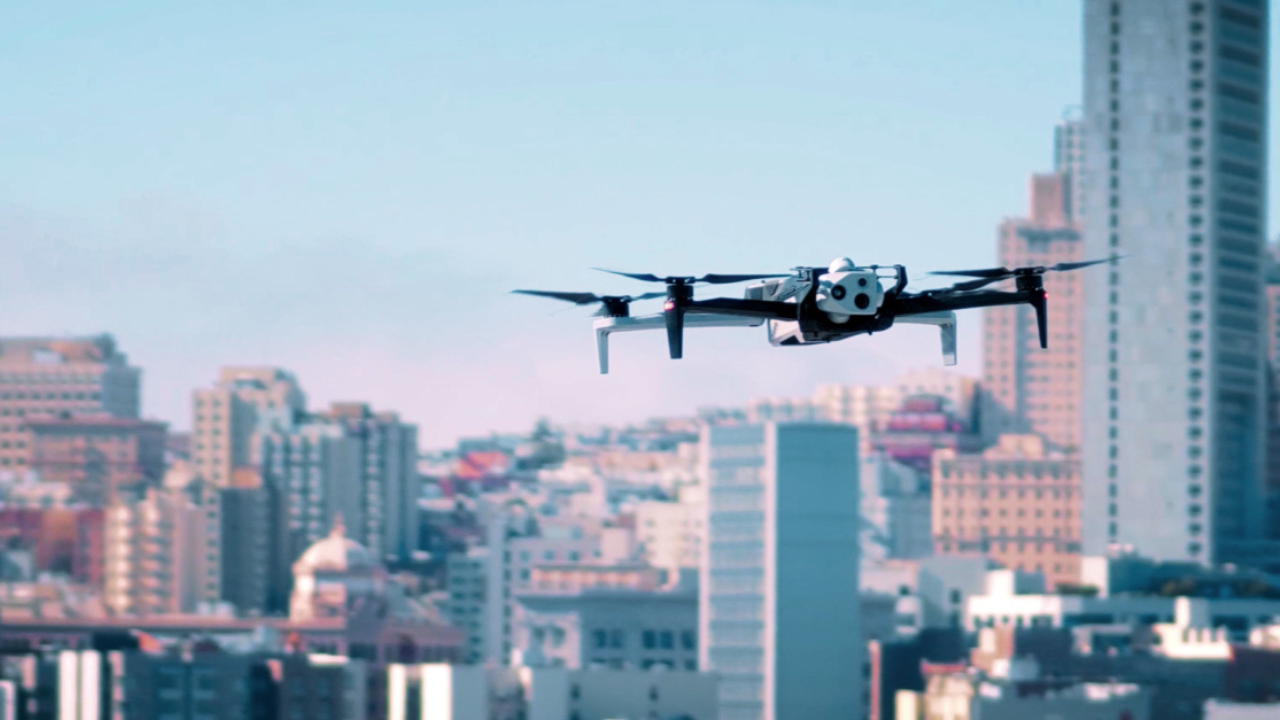
Autonomous drones flying off of rooftops are now responding to 911 calls in New York City, San Francisco, Las Vegas, Oklahoma City, and other major cities across America. Over the next 18 months, hundreds more cities will be standing up and running similar programs. These drones save lives - both citizens and first responders - by getting to the scenes of emergencies in seconds, providing critical information to responding police officers and firefighters, while increasing transparency and accountability in public safety. They also save money and time. In addition to responding to calls for service, they can inspect buildings, roads, and railways, helping cities operate more efficiently. Within a few years, the idea of policing, firefighting, or managing a city without Drones as First Responders (DFR) will seem archaic. And this same autonomous drone technology also monitors our energy grid, transportation infrastructure, and major construction sites.
Autonomous drones are becoming basic infrastructure for the core industries our civilization depends on, giving us realtime, digital, automated access to our world. This is the next chapter in the evolution of drones from toys, to tools, to infrastructure.
Quadcopter drones started off as kids’ toys 15 years ago. With high-quality cameras on them, they became useful tools in the hands of expert pilots. Early adopters in law enforcement, energy, construction, and other industries started experimenting with drone use cases at their organizations. Ten years ago the Silicon Valley technology ecosystem started to recognize the possibilities for what drones could unlock. Billions of dollars were invested. People predicted the sky would be dark with drones within a few years. But for a while, nothing seemed to happen. Most of the first wave of Silicon Valley companies didn’t succeed and most of the money was lost. China seemed like the winner, but it also wasn’t clear we’d ever get to the drone future we’d envisioned.
And then suddenly, over the last two years, a bit flipped. The hardware and software to enable autonomous flight at scale became a reality, regulatory barriers started falling down, and customer adoption skyrocketed. The future started accelerating towards us.
Skydio bet big on AI-driven autonomy in 2014 when we started work on our first autonomous drone in a basement in Burlingame, CA. We also bet big on U.S.-based production. A decade later, those early bets we made are coming to fruition with Dock for X10.
The momentum we see in our public safety business is indicative of the transformative power of Drone as First Responder. We now support approximately 600 public safety agencies, up nearly 100% year over year. Our public safety bookings have grown 800% year over year. Agencies large and small have declared their commitment to fast, safe response with drones. On Nov 12, New York City Mayor Eric Adams, along with NYPD leadership, announced updates to their DFR program, which started in June, stating “Drones are proven technology…the benefits are not theoretical, they are clearly part of our law enforcement apparatus.” Philadelphia PD, Las Vegas Metro PD, West Palm Beach County Sheriff, Tulsa Fire Department, San Francisco PD have all showcased their DFR programs, just to name a few. And many more are in the works. This shift is also happening with our energy utilities customers like Idaho Power and AEP which are redefining how they maintain our nation’s power grid and keep the lights on. This business has also grown over 100% year over year.
As the momentum has built, it’s become clear to other companies that serve the same core industries we do, how important this future is. And partnerships are critical to making the vision a reality, which is why I’m incredibly excited to announce KDDI, a leading telecommunications provider in Japan, and Axon, the leading provider of public safety technology, as co-lead investors in a Series E extension of more than $170M to the $230M announced in February 2023, for a total Series E north of $400M. They are joining existing investors including NVIDIA, a16z, Linse Capital, IVP, and Next47 in this fundraise.
Our partnership with KDDI will help us grow our existing business in Japan, inspecting all manner of critical infrastructure, while working towards having docked drones across the country for inspections and emergency response.
Axon was an existing investor and this deepening of our partnership enables us to accelerate bringing a fully integrated, world-leading DFR solution to transform policing for the better. DFR Command is the perfect drone spoke to plug into Axon’s hub of digital evidence management, real-time crime center software, and its suite of technology products.
Rick Smith, Axon CEO, says it best: "At Axon, we’re driven by one mission: to protect lives. Partnering with Skydio brings that mission to life in powerful ways, with drones acting as first responders to deliver unmatched situational awareness and safety. This ongoing collaboration shows that, together, our combined technology gives responders the real-time insight they need to make faster, safer decisions, keeping themselves and the public out of harm’s way."
Network-connected autonomous drones that fly themselves automatically and can be controlled remotely over the internet, operating over our cities and our critical infrastructure is here. When we think about the transformation that’s coming, it is increasingly clear to almost everyone that the future won’t look like the past, both in terms of technology and the level of trust we must place in these systems (where they are made and who ultimately controls them). We’ve got the winning technology recipe here in the United States.
